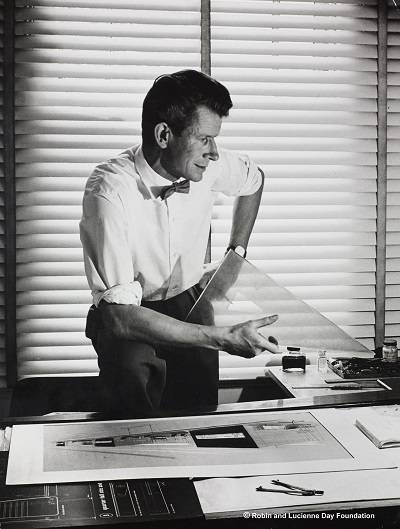Design Guild Mark Holder
Robin Day Polyside
Name of Designer:
Robin Day184
2017
Hille

In 1963 Robin Day and Hille recognised the potential of polypropylene, a relatively new material produced by Shell Chemicals, to manufacture a chair shell which would offer a low-cost, light and durable alternative to conventional wooden seating for general use in public spaces. Relying largely on an intuitive sense of the potential of the new material, Day carried out laborious experiments with paper mache covered wooden structures to develop a form both structurally sound and aesthetically satisfying.
The P5 stacking frame requires only two welds where front and back legs meet at the sides. These exposed and expressed joints make a significant contribution to the chair’s distinctive aesthetic and are typical of Day’s work. A very wide variety of bases were developed for different applications, but the P5 stacking version of the chair remains iconic.
Robin Day (1915 – 2010) was one of the most significant British furniture designers of the twentieth century. His breakthrough came at the Festival of Britain in 1951, when his radical moulded plywood seating for the Royal Festival Hall introduced the British public to modern design for the first time. In the 1960s Robin Day and Hille pioneered the world’s first mass-produced Polypropylene Chair, a development which transformed the international furniture industry. Robin Day produced a prolific body of work in a career lasting nearly seven decades and his furniture continues to contribute to the quality of people’s lives in homes, schools, theatres and other public spaces all over the world.
